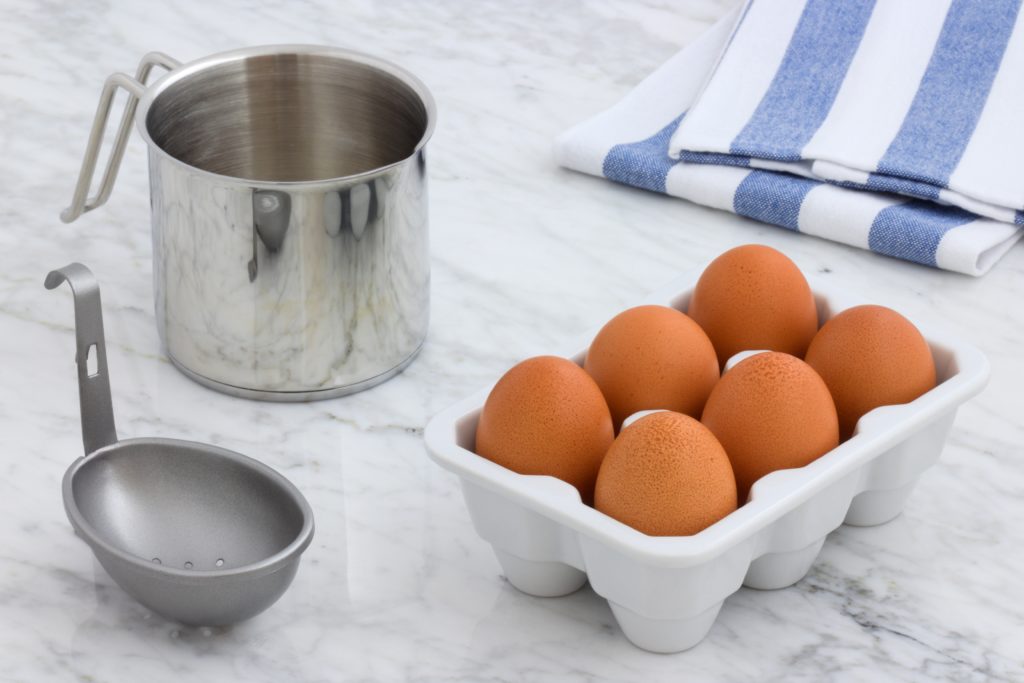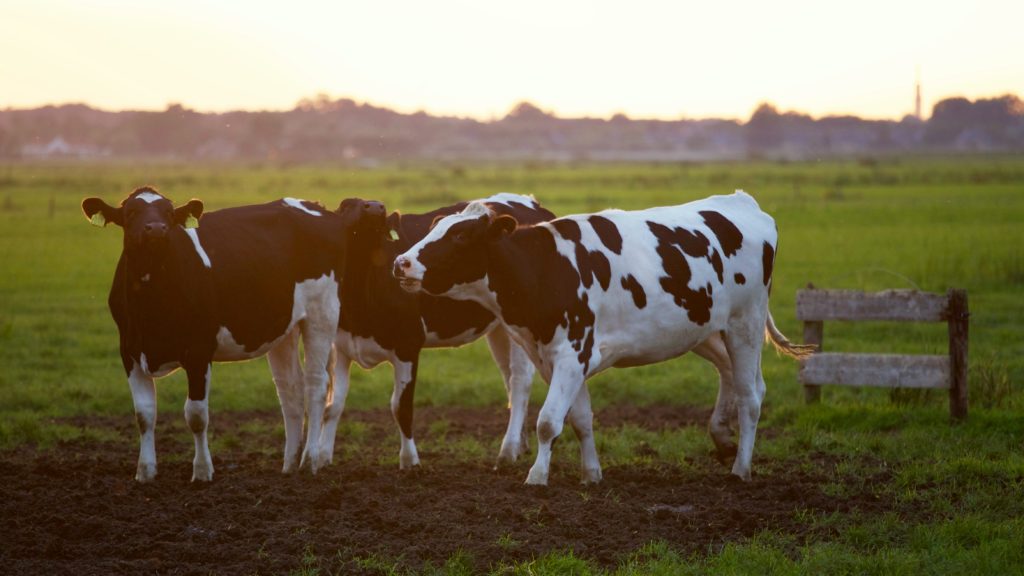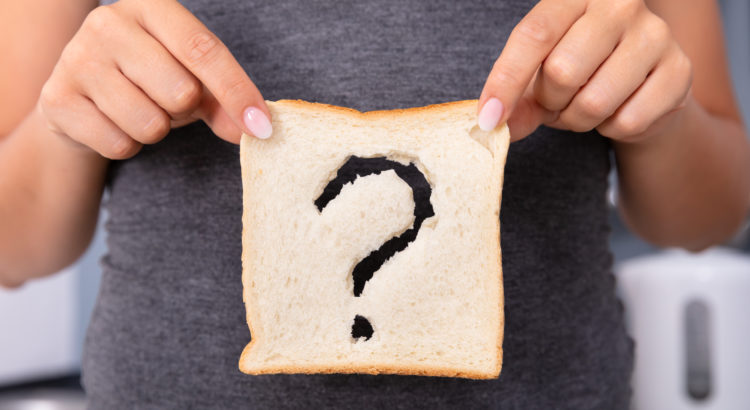You may see many different labels on food products these days and wonder if they actually mean anything or if they are just a marketing ploy. While some labels are required to meet certain standards, many other phrases you will see on food products mean nothing at all, or at the very least, are very misleading. Many don’t actually indicate whether a product is any healthier than another product. Today we will discuss six common deceiving food labels you should be aware of.

1. “Made with Whole Grains”
Just because a product is made with whole grains doesn’t mean it is entirely composed of only whole grain ingredients. It may still contain refined wheat and other processed ingredients. Refined grain products don’t contain the same amount of nutrients as unprocessed grain, such as fiber, B vitamins, iron, and other nutrients that are found in the germ and bran of the grain, because these are removed during the refinement process. Refined grains and flour products can send your blood sugar levels on a rollercoaster and can contribute to issues with insulin resistance, which can lead to diabetes. So be careful not to be deceived with this marketing tactic. Look at the actual ingredients carefully and be wary if it lists “flour” or “enriched flour” as any of the ingredients opposed to only “whole grain.”
2. “Doctor Recommended”
When people see the term “Doctor Recommended” written on a package of food in the grocery store, the first thing they may think is that it means it’s healthy. But even if something says it’s “doctor recommended,” it does not mean it is necessarily healthy. There is no standard or requirement for a food company to label their product as such, so don’t fall for this misconception. It’s important to look at the ingredients yourself to determine if the product is in fact healthy or not.

3. Cage-Free or Free-Range
You will see these phrases often on packages of poultry or cartons of eggs at the grocery store. They paint the picture of chickens roaming freely on open pastures, but unfortunately that is not the case for these chickens. Cage-free just means that the chickens aren’t kept in battery cages, but they are still confined to a barn and don’t have access to the outdoors. Free-range chickens are technically supposed to have “access to the outdoors,” but oftentimes don’t ever go outside. This is due to loopholes in the system and the fact that the chickens are often too sick and unhealthy to even walk around much. They are not truly free in the way we would imagine when we hear that word. Neither cage-free or free-range raised chickens eat their natural diet that includes grass, worms, and bugs. Don’t fall victim to these marketing phrases and spend more money on eggs that are labelled “Cage-Free” or “Free-Range.” If you are looking for more humanely raised chicken or eggs, look for either the “Animal Welfare Approved” or “Certified Humane” label. The highest quality eggs that are the most nutrient dense will have a dark amber colored yolk and come from truly pasture raised chickens, but you’ll want to look up the specific brand and see how many acres each chicken is provided.
4. “Farm Raised”
This is another one that deceives the consumer by painting a certain picture in their mind, only for the reality to be far different from what is imagined. Feedlots are considered farms, so just because something is labeled as “farm-raised” doesn’t mean that it is in a different category than conventionally raised meat or eggs. It doesn’t mean that the animals were grazing on open grass pastures enjoying their lives. The conditions for even “farm-raised” meat could be quite dirty and crowded. When it comes to fish, farm raised means that it wasn’t wildly caught, which also doesn’t mean that it is any healthier. The label “Farm Raised” really doesn’t mean anything special at all, and certainly doesn’t denote that the food is of any higher quality.

5. “All Natural”
This label is probably one of the biggest hypes the food industry uses on food, but has no substantial backing. The USDA and FDA have very loose definitions of the term “natural.” It only means that a product cannot contain “artificial ingredients or added colors” and is “minimally processed.” When it comes to meat, choices that are labelled as all natural can still include meat from animals that are conventionally raised. So they could have still been given antibiotics and hormones, and fed a diet that is not their natural diet. If it’s important to you to avoid these things, you need to look further than an “All Natural” label. A lot of packaged food items still find ways to be labelled as “All Natural” because the definition is so broad and loosely regulated. So don’t fall for this marketing tactic and pay extra money thinking a product is healthier or better in any way just because it’s labelled as “All Natural.”
6. “A Good Source of…”
You’ll see this a lot on food products. A good source of iron, a good source of dietary fiber, etc. But the food manufacturer can use this phrase if a serving size contains as little as 10% of the daily value (DV) of the nutrient. If it’s just a snack, and you’re eating a lot of nutrient dense food for the rest of your meals, this may not be a big deal, but be aware that these labels can be misleading. Some people see this and think they’re covered for the day of whatever nutrient the product is a “good source of.” It’s best to look at the details of the label yourself to determine how rich the product is in certain nutrients. In general, 20% DV or more per serving is considered in the high range. For something like added sodium or trans fat in packaged food, you don’t want the percentage to be too high, but for nutrients such as vitamins, you do want a good amount being provided per serving size. At the end of the day, you’re always going to be better off eating whole foods that are more nutrient dense over processed, packaged food that may contain added sugars or uses synthetic forms of nutrients. Just be mindful of this marketing tactic and read the label yourself to know what you’re really getting.
